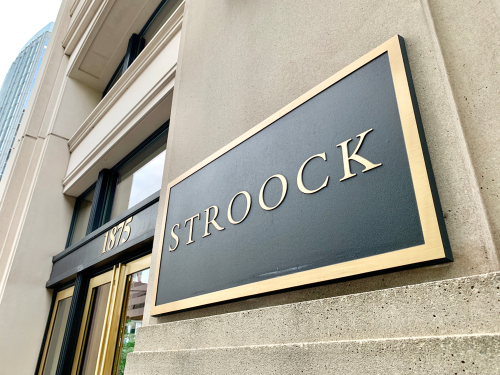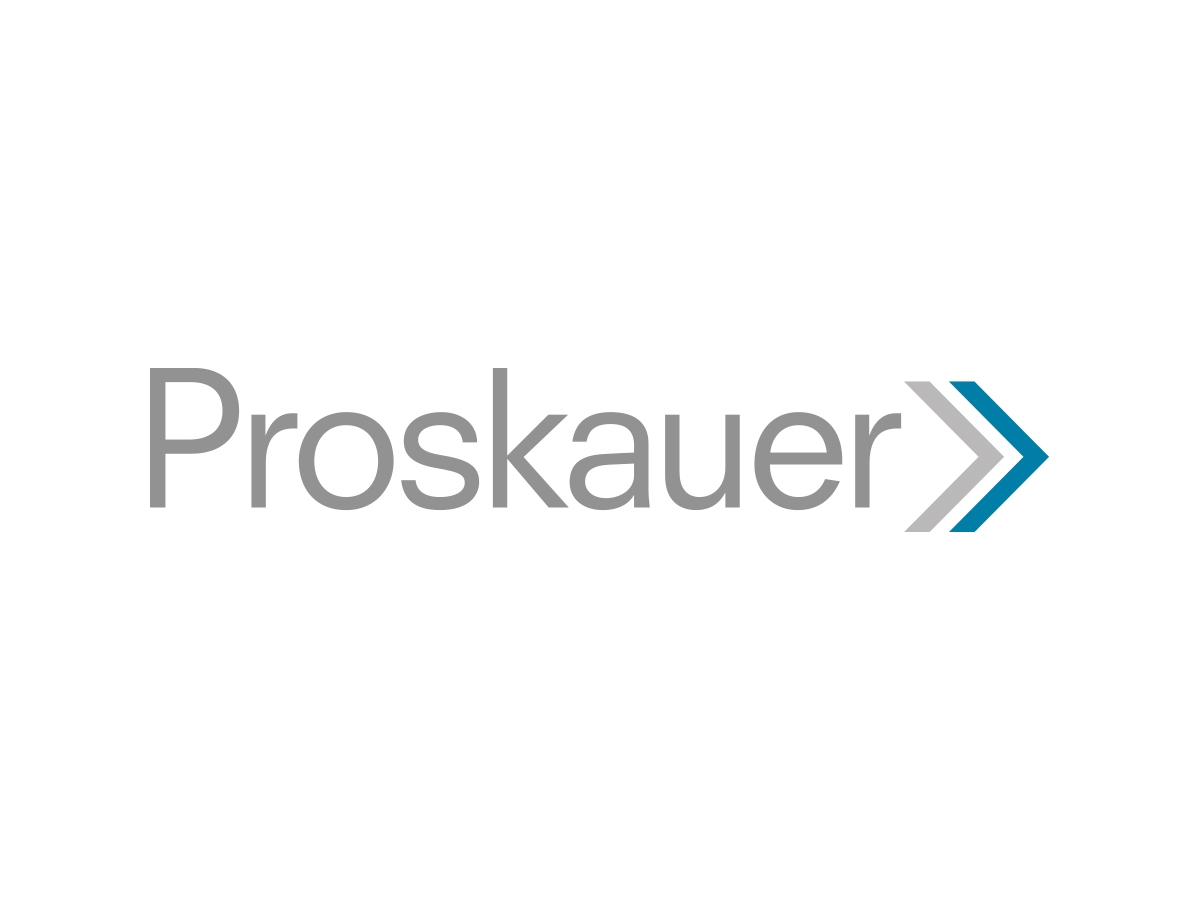Federal Circuit Patent Watch: The Board should not have to decode a petition | WilmerHale
Precedential and Key Federal Circuit Opinions
1. CYNTEC COMPANY, LTD. v. CHILISIN ELECTRONICS CORP., CHILISIN AMERICA LTD. [OPINION] (2022-1873, 10/16/23) (Moore, Stoll, Cunningham)
Stoll, J. The Court reversed the district court’s grant of JMOL of nonobviousness and remanded for further proceedings. The jury was presented with evidence that would have allowed it to reasonably find the asserted claims obvious in view of the prior art. For example, the jury heard expert testimony about the disclosures of prior art and the motivation to combine the prior art, and benefits of doing so. Taken together and drawing all reasonable inferences in defendant’s favor, this evidence is enough for a reasonable jury to have found that the asserted claims would have been obvious. The Court rejected the district court’s reasoning as either insufficient to support JMOL or unsupported by the record.
The Court found that the district court did not err in denying JMOL regarding noninfringement. The Court agreed with the district court’s construction that the “by means of” claim term does not require the claimed feature to be the primary, or “but for,” cause of the claimed result, but only requires the claimed feature to “have an impact on” on the claimed result. Applying that construction, the Court found substantial evidence supported the jury’s finding of infringement.
The Court also found that the district court abused its discretion in denying defendant’s Daubert motion to exclude expert testimony as speculative, and vacated the lost profits award and remanded for further proceedings. The expert estimated the amount of sales of the accused products imported into the United States using revenue reported in the customers’ annual reports which included sales of irrelevant products and services. The expert failed to account for these irrelevant products and services, and did not differentiate between what products would or would not incorporate the accused products.
2. COREPHOTONICS, LTD. v. APPLE INC. [OPINION] (2022-1340, 10/16/2023) (Stoll, Lin, Stark)
Stark, J. The Court vacated and remanded the Board’s obviousness determination for the Board to explain why a prior art reference is (or is not) analogous art. The Court found that the Board’s analogousness decisions were procedurally proper, and found the Board’s analogous art analysis as to one prior art reference—finding it analogous art because it is in the same field of endeavor as the Challenged Patents and also because it is pertinent to the problem faced by the inventors—was supported by substantial evidence. But for a second prior art reference, the Board only found it pertinent to the problem faced by the inventors, but chose not to reach the field of endeavor contention, which are two separate tests.
3. ABS GLOBAL, INC., GENUS PLC v. CYTONOME/ST, LLC [OPINION] (2022-1761, 10/19/2023) (Reyna, Taranto, Stark)
Taranto, J. The Court reversed and vacated the Board’s decision finding the challenged claims were not shown to be unpatentable. The Court disagreed with the Board’s claim construction which required only a single sample stream, not more than one. The use of the definite article, “the,” means that the phrase “the sample stream” refers back to earlier language as an antecedent. The reference-back “the” language takes its meaning from the meaning of the antecedent, so if “a sample stream” has a plural-allowing meaning, so does the reference-back “the sample stream” phrase. The Court then reversed the Board’s determination where the evidence supported only the conclusion that the challenged claims are unpatentable, and vacated the Board’s determination for claims with additional limitations.
4. NETFLIX, INC. v. DIVX, LLC [OPINION] (2022-1203, 10/25/2023) (Dyk, Linn, Chen)
Chen, J. The panel majority affirmed the Board’s decision finding the challenged claims were not shown to be unpatentable. The panel majority found no error in how the Board understood petitioner’s petition arguments. While the Board should not take an overly mechanistic view of a petition and decline to address an argument because the petitioner did not present it with ideal vigor and clarity, the Board should also not have to decode a petition to locate additional arguments beyond the ones clearly made. The Board is entitled to discretion in how it interprets petitions. The panel majority emphasized that it is the petitioner’s burden to make clear when alternative arguments are being presented and to sufficiently expound on each one.
Judge Dyk filed a dissenting opinion, stating that the Board improperly ignored arguments that were raised in the petition.






